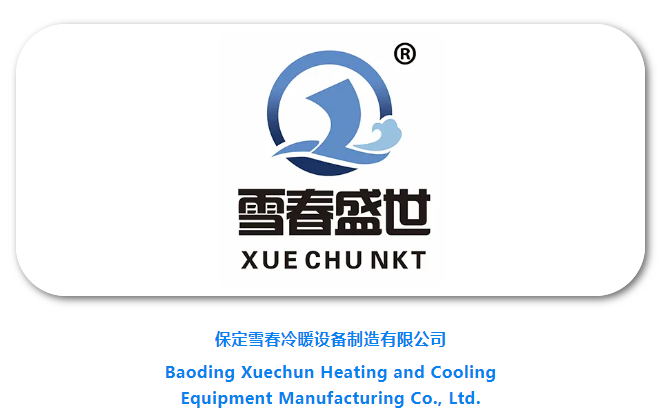As businesses continue to phase down their HFC consumption around the world, attendees at ATMOsphere Japan 2017 on Monday heard how leading end users like Nestle, Lawson and AEON are turning to natural refrigerants to deliver economic and environmental benefits.
Nestlé Japan phases out R22
Jorg Huschka, freeze-dried project manager at Nestlé Japan, outlined the company’s history of commitment to natural refrigerants. “In the early days, we had to push component manufacturers to go on this journey with us. At that time, the risks were big, because with our large food production facilities, we weren’t just risking a single investment, we were risking the entire production.”
“That commitment, I must say, was a very interesting journey,” Huschka said.
Worldwide, food and drinks giant Nestlé has so far phased out 208 synthetic refrigerant-based systems and installed 33 new systems using natural refrigerants.
In Japan, 70 tons of R22 were eliminated from their three production facilities in the period 2004-2016.
Tsutomu Nakama, who led Nestlé Japan’s R22 phase-out initiative, was proud to detail the cost savings and efficiency gains delivered by a CO 2/NH3 cascade system installed in their Himeji plant in 2004, as well as by NH3 water chillers in their Kasumigaura plant installed in 2015.
Currently, none of Nestlé Japan’s industrial refrigeration systems run on HFCs.
Lawson aims for 2,800 CO2 stores by 2018
Shinichirou Uto, responsible for store development at convenience store chain Lawson, presented a detailed and thorough analysis of forecasted HFC usage for Japan’s food retail industry.
Uto concluded that natural refrigerants are not being adopted quickly enough by the food retail industry in particular. He called for more industry-specific analysis is needed
“As a food retailer who relies heavily on refrigeration systems, we have to put some serious thought into the type of technology we will be introducing in our new stores going forward this year,” Uto said.
“In the food retail industry, more than 90% of fluorocarbon emissions come from refrigeration equipment. In order to hit the 30% target set by Kigali, we need to focus on all new refrigeration equipment being introduced this year as well as urgently replacing the existing HFC equipment as much as possible,” he said.
Lawson has been installing and will continue to install CO2 systems in convenience stores at an impressive rate, having fitted over 700 systems per year for the past two years.
The retailer is now the world leader in terms of number of installed transcritical CO2 refrigeration systems, and is targeting a total of 2,800 installations by February 2018.
A-colle installs first CO2 booster system in Japan
Toshihiko Nagura, director of operations for A-colle, part of large retail group AEON, highlighted the benefits of installing Japan’s first commercial retail CO2 booster system in 2015. One of three CO2 systems installed by A-colle, the booster system was chosen to overcome particular challenges faced in installing CO2 units in small urban stores.
“At this particular location, we faced space and noise restrictions due to the urban environment. We were also concerned about safety,” Nagura said.
The advantages of the booster system were that the single refrigerating unit could be used to cool both the refrigerators and the freezers, saving on space. The system also operated at reduced pressure, increasing its overall safety. Noise was reduced because the system is controlled remotely.
Nagura revealed that one of the biggest benefits of using CO2 systems in stores was the fact that “they reduced the stress placed on other parts of the entire system, especially the showcases, resulting in overall lower maintenance costs”.
Our vision for the 21st Century is to realise a sustainable society, working together as both independent citizens and cooperatively as humans. To get there, we need to avoid making redundant investments. It’s clear now that we have to move more quickly towards natural refrigerants.”
– Yasuo Shiraki, Japanese Consumers' Co-operative Union
Regional COOP businesses see natural refrigerants as key to sustainability
Japan is also seeing a grassroots push for natural refrigerants. Smaller regional communities, outside of the big cities, are also seeing the importance and benefits of reducing the environmental impact of HVAC&R.
Kenji Tamura, from COOP Aomori in northern Japan, remarked, “our community discussed using more environmentally friendly refrigerants for our store refurbishment project”.
We eventually decided to go HFC-free, knowing that there could be further environmental regulations in the coming years, Tamura said.
Discussing future plans, he said, “we have seven remaining stores and to convert to natural refrigerants. At two stores per year, all stores under COOP Aomori will be HFC-free by 2021”.
Toshinori Suzuki, of COOP Miyagi, in Sendai prefecture, boasted of 26% energy savings in one supermarket after installing a CO2 system in September 2016.
All these efforts are supported by the Japanese Consumers Co-operative Union. The director of the organisation’s environmental business promotion department, Yasuo Shiraki expressed a commitment to supporting supermarkets’ environmental initiatives and is encouraged by their willingness to change.
“Overall, we are seeing individual COOP stores switching to natural refrigerants out of their own voluntary will. As of today, there are 33 COOP business units, including supermarkets and home delivery facilities, that run on natural refrigerants,” Shiraki said.
Raising awareness of natref benefits
Nestlé Japan’s Huschka stressed the importance of commuications. “These stories need to be shared with among companies in this industry, otherwise the awareness of the benefits of natural refrigerants won’t get over critical mass.”
The audience was reminded of the urgency and importance of this discussion by Kenji Tamura from COOP Aomori. “I live in northern Japan, where there is usually a large amount of snowfall. However, this year there was very little snow. This climate change we are currently witnessing is being brought on by our economic activity. I think it is necessary for more people to recognise this fact,” he said.






















